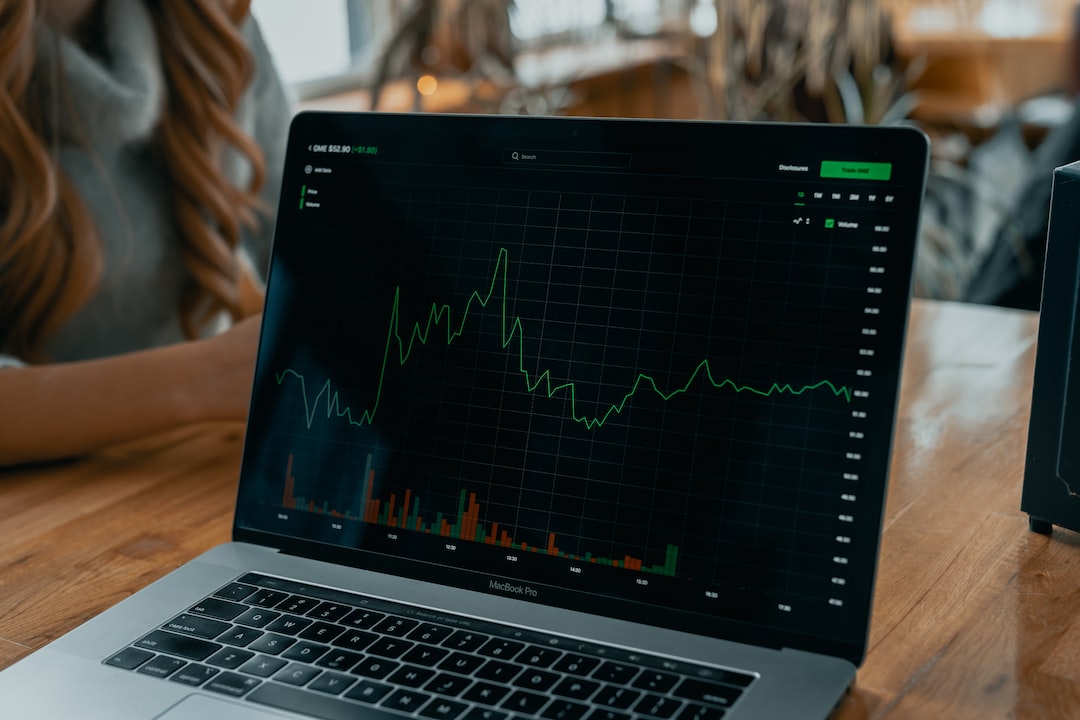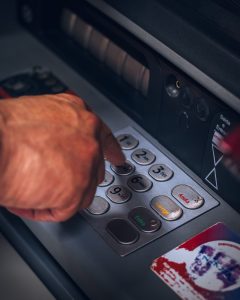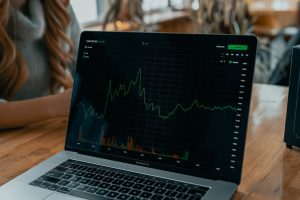The foreign exchange market, also known as forex, is the largest financial market in the world. It operates 24 hours a day, five days a week, and is a decentralized market where currencies are traded. The forex market is made up of different players, including central banks, commercial banks, hedge funds, retail traders, and institutional investors. In this article, we will explore the different ranks in forex and what they mean.
Retail Traders
Retail traders are individual traders who trade forex as a hobby or as a way to supplement their income. They usually have a small trading account and use online brokers to execute their trades. Retail traders are often considered the lowest rank in the forex market because they have limited resources and lack the expertise and experience of professional traders.
However, with the advent of technology and the internet, retail traders have access to the same trading tools and platforms as professional traders. They can also access educational resources and trading signals to help them make informed trading decisions. Retail traders can also participate in social trading platforms, where they can copy the trades of successful traders.
Professional Traders
Professional traders are traders who trade forex as a full-time job or for a living. They usually work for hedge funds, investment banks, or other financial institutions. Professional traders have access to sophisticated trading tools and platforms, and they use their expertise and experience to make profitable trades.
Professional traders are often considered the middle rank in the forex market because they have more resources and expertise than retail traders but are not as influential as institutional traders. Professional traders use technical and fundamental analysis to identify trading opportunities and manage their risk.
Institutional Traders
Institutional traders are the largest and most influential players in the forex market. They include central banks, commercial banks, hedge funds, and other large financial institutions. Institutional traders have access to vast resources, including large trading accounts, sophisticated trading platforms, and expert analysts.
Institutional traders are often considered the highest rank in the forex market because they have the power to move the market. They use their resources and expertise to make large trades that can influence the exchange rates of currencies. Institutional traders also use their trading strategies to manage their risk and maximize their profits.
Central Banks
Central banks are the most influential players in the forex market. They are responsible for managing the monetary policy of their respective countries, which includes setting interest rates and controlling the money supply. Central banks use their monetary policy to influence the exchange rates of their currencies and maintain price stability.
Central banks also intervene in the forex market to stabilize their currencies during times of volatility. They do this by buying or selling their currencies in the market to influence their exchange rates. Central banks can also use their foreign exchange reserves to support their currencies.
Conclusion
The forex market is a complex and dynamic market that is made up of different players with different levels of expertise and resources. Retail traders are the lowest rank in the forex market, followed by professional traders and institutional traders. Central banks are the most influential players in the forex market, with the power to move the market through their monetary policy and intervention. Understanding the different ranks in the forex market can help traders make informed trading decisions and manage their risk effectively.





